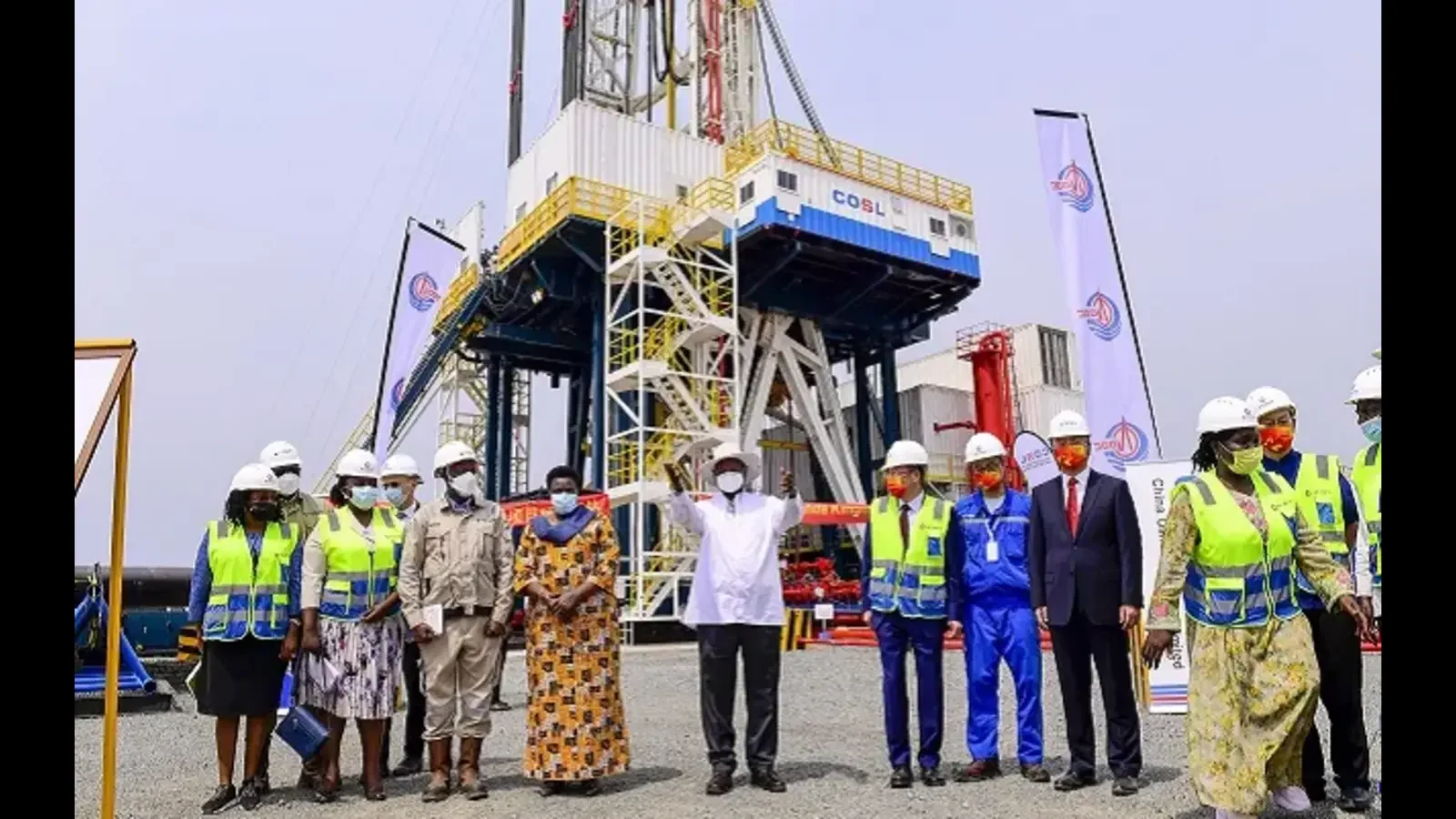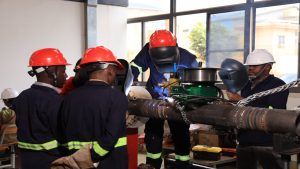Share
According to the latest collaborative report by the Bank of Uganda, Uganda Investment Authority, and Uganda Bureau of Statistics, the value of foreign direct investments (FDI) in Uganda increased by an astounding 80% in 2022, primarily due to significant investments in the oil and gas sector.
The 20th edition of the study aims to give insights about the distribution of foreign investments in 2022, with an emphasis on location, source, kind, and size. Along with the leading FDI in oil and gas, the research revealed gold resources worth a whopping 13 trillion dollars.
FDI inflows increased from $1,648.2 million in 2021 to $2,952.9 million in 2022. The significant rise was ascribed to advances in the mining (oil) industry, which is shifting from exploration and appraisal to development. The February Final Investment Decision (FID) represented a watershed event, kicking off the commercial phase, which includes well building, drilling, and appraisal in the Tilenga and Kingfisher regions, as well as the East African Crude Oil Pipeline project.
The allocation of FDI indicated one billion dollars for mining projects, 800 million dollars for pipeline equipment and parts transportation, and 500 and 200 million dollars for the ICT and financial sectors, respectively.
Uganda’s performance in attracting large investment defies the adverse global climate detailed in the World Investment Report 2023 of the United Nations Conference on Trade and Development. The paper identifies continuous geopolitical tensions and economic uncertainty as chronic hurdles in international business and cross-border investment.
Despite a global decline in FDI, Uganda’s strong performance contrasts with Africa’s total 44 percent fall in FDI inflows to 45 billion dollars. The government was able to attract investments mostly from the Netherlands (38%), the United Kingdom (37%), and Mauritius (7%), with further contributions of five and three million dollars from Kenya and Switzerland, respectively.









